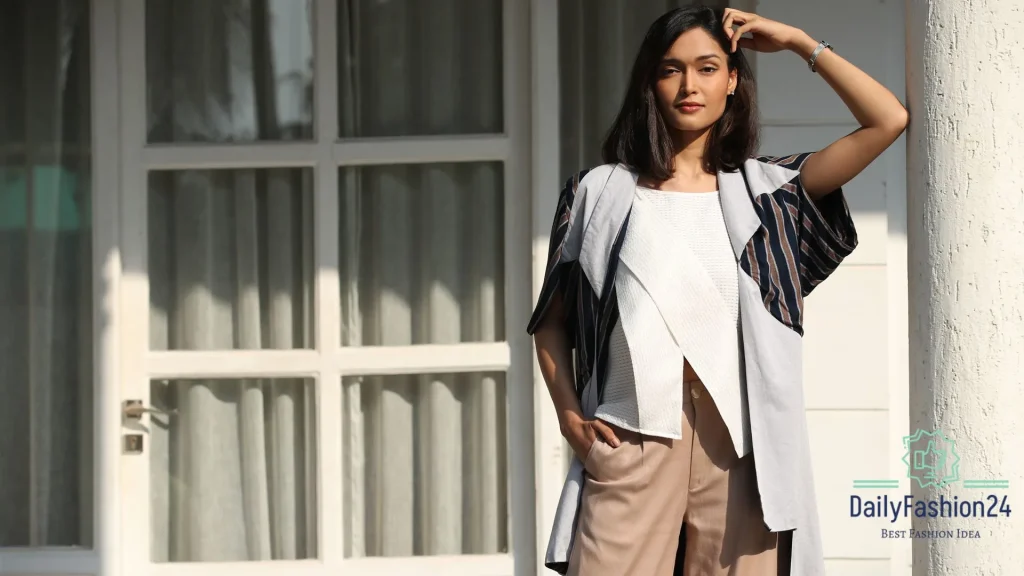
Understanding Circular Fashion: Redefining Sustainability in the Apparel Industry
Introduction
is a transformative approach to sustainability in the apparel industry. It is different from the conventional linear fashion model that follows a “take-make-dispose” circle, as it aims at creating a closed-loop system where resources are reused, recycled, and regenerated continuously. This shift is vital for waste reduction and reducing the environmental impact of fashion. The article will delve into circular fashion principles, advantages, as well as their implementation within the industry.
Principles of Circular Fashion
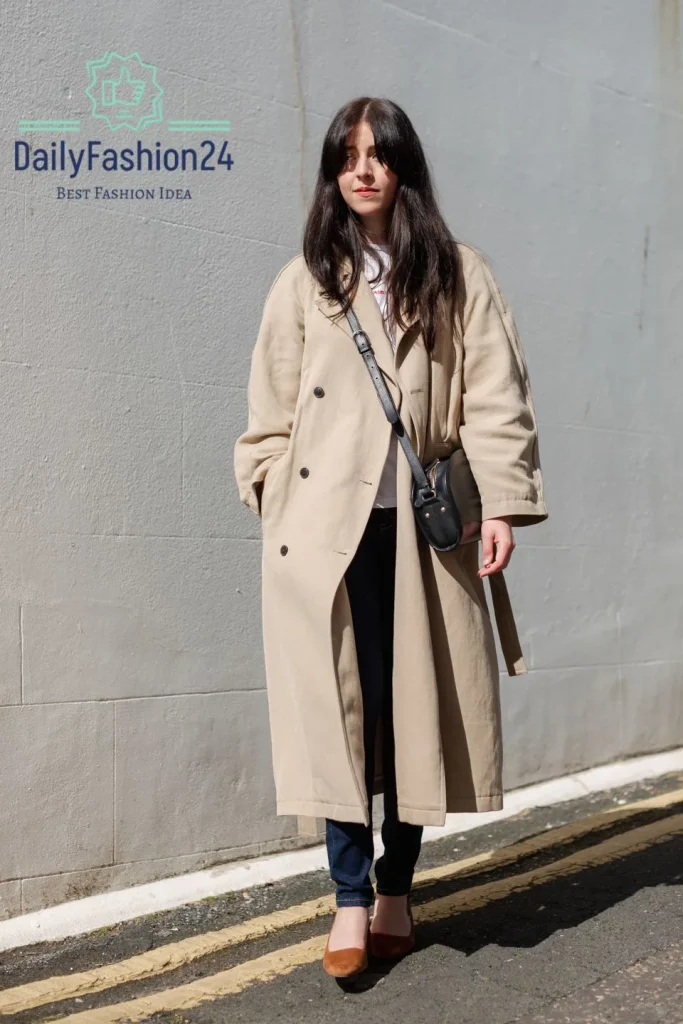
These are some of the core principles behind circular fashion, aimed at improving sustainability and decreasing the industry’s environmental impact. Here is what they entail:
Designing for Longevity: This aspect of focuses on designing clothes that can remain useful for much longer since they will be more durable. To do this, brands use materials of superior quality and make clothing with classical designs that are versatile enough to make them last longer in time.
Repairs and Upcycling: Repair services and upcycling are supported as essential parts of this. In such cases, old garments can be repaired or used to create new ones.
Material Recycling and Recovery: This method includes recycling material by making new products using fabric made out of old textiles, thereby ending the material use cycle.
Closed Loop Production:The idea behind the closed loop system is to keep materials in use for as long as possible. Garments designed with easy disassembly to facilitate recycling also include other products made from recycled materials.
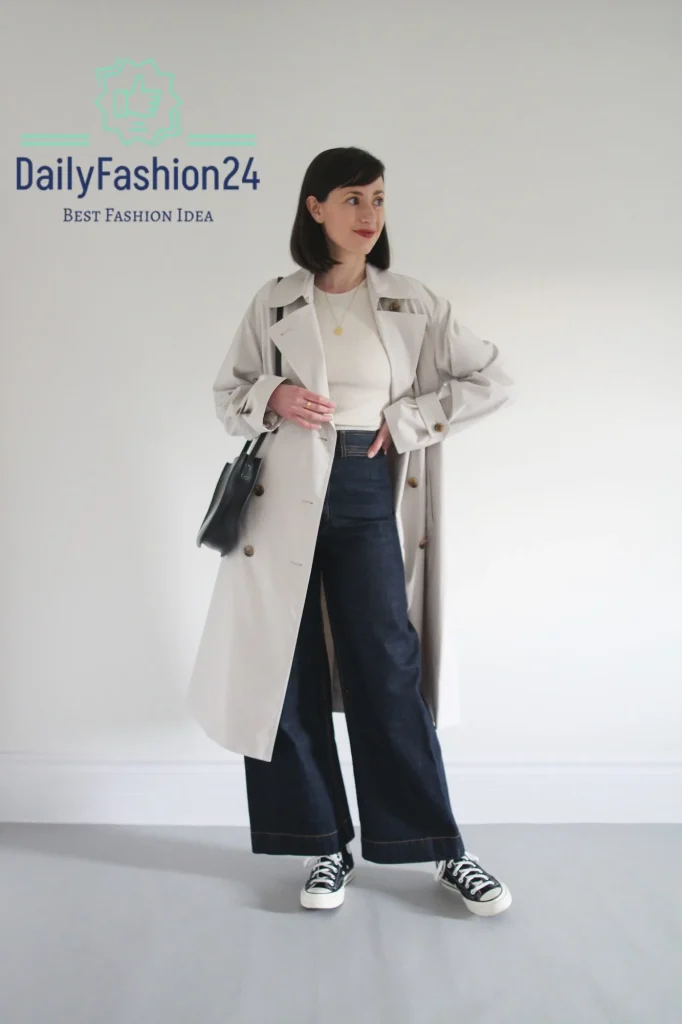
Transparency and Ethical Practices: These two factors form an integral part of as they relate to transparency along the supply chains in question and ethical labor practices adopted by these companies. By doing so, all stages involved in production would adhere to sustainable conditions set under such development processes guiding their operations.
Benefits of Circular Fashion
Environment Impact Reductions: It helps save nature by reusing them instead of mining raw materials, thus minimizing waste. Conservation of natural resources and pollution reduction occur when materials are reused and recycled.
Reduced Carbon Footprint: By increasing the lifespan of clothes as well as utilizing recycled materials, carbon emissions linked to clothing production are lowered by circular fashion. It contributes to a decrease in overall greenhouse gas emissions.
Economic Opportunities: The circular fashion model opens up new economic opportunities like repair services, upcycling, and recycling. This will foster growth and innovation for industries promoting sustainability.
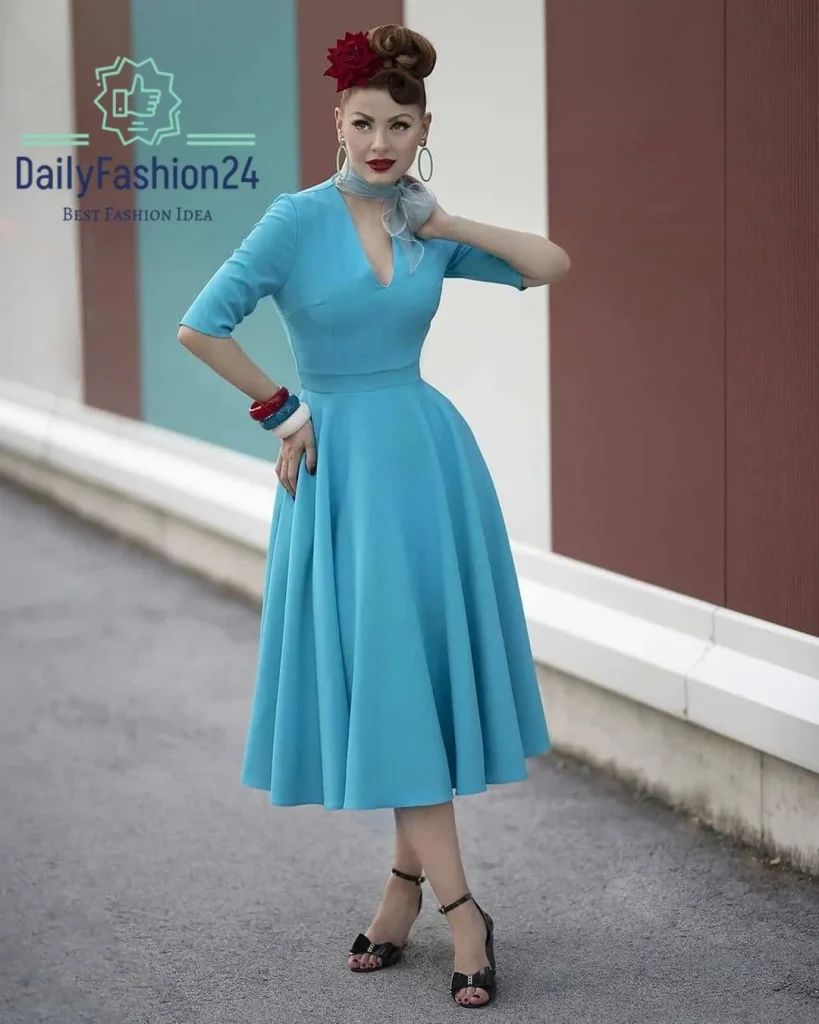
Consumer Engagement:Circular fashion is a way for customers to be more aware of what they consume and how it affects the environment at large. Consequently, this shift enforces responsible consumption by raising eco-consciousness among people.
Improved Brand Loyalty: Brands that adopt these sustainable fashions often become more appealing to eco-friendly consumers over time. Consequently, companies build their reputation on environmental responsibility, thus attracting loyal customers.
Challenges and Implementation
There are several challenges with setting up a circular fashion program, including:
Material and Design Innovations: Researching materials that can be effectively recycled while maintaining quality is difficult, with many hurdles to overcome. Designers must also adapt to creating garments that are durable and easy to disassemble.
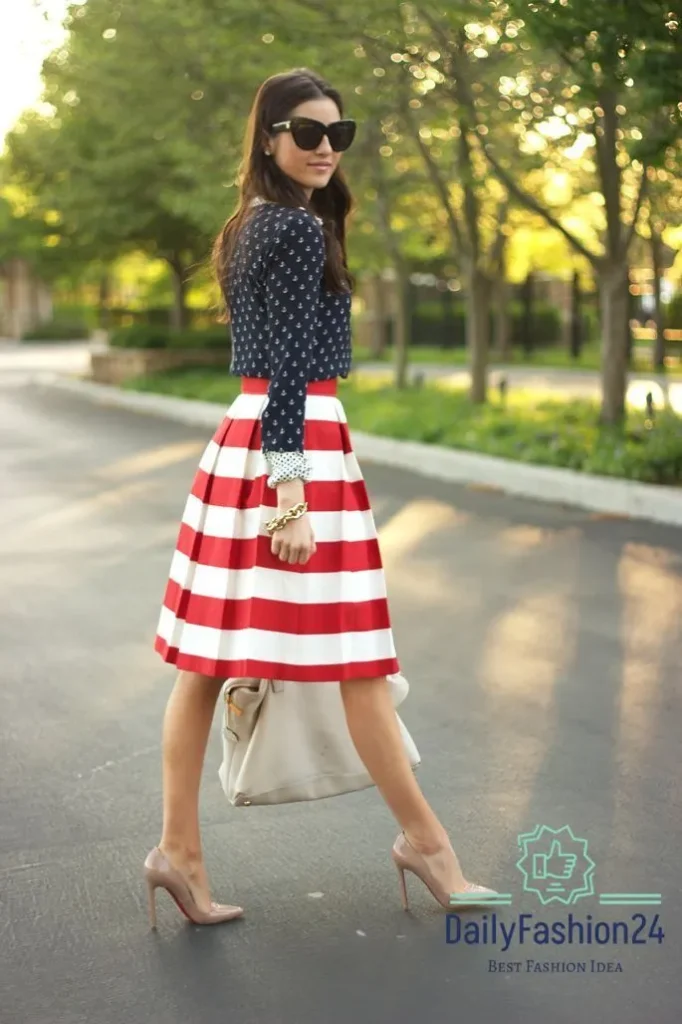
Consumer Behavior: Shifting consumer behavior towards accepting circular fashion means overcoming centuries-old practices of fast fashion and disposable clothes. For this idea to spread its wings far beyond the confines of theoretical knowledge, consumers need to understand why they should embrace it.
The Significance of Infrastructure: Circular fashion requires the development of sound recycling and upcycling infrastructures. It involves devising mechanisms for collecting garments, sorting, and processing them to retrieve materials efficiently.
Cost Factor: Sometimes, circular fashion may be associated with higher upfront costs for materials and production processes. However, these expenses are usually balanced by long-term savings made through reduced waste and resource conservation.
Case Studies and Examples
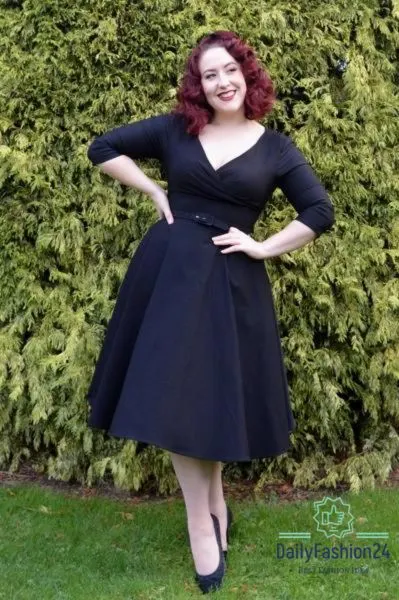
Several brands and initiatives are leading the way circularly:
Patagonia: Patagonia is famous for its sustainability orientation, it encourages repairs through its Worn Wear program as well as employing recycled materials in its products.
Eileen Fisher’s “Renew” program focuses on upcycling old garments into new designs, thereby promoting a closed-loop system in fashion.
Levi’s: Levi’s applies recycled denim in its collections while also providing
